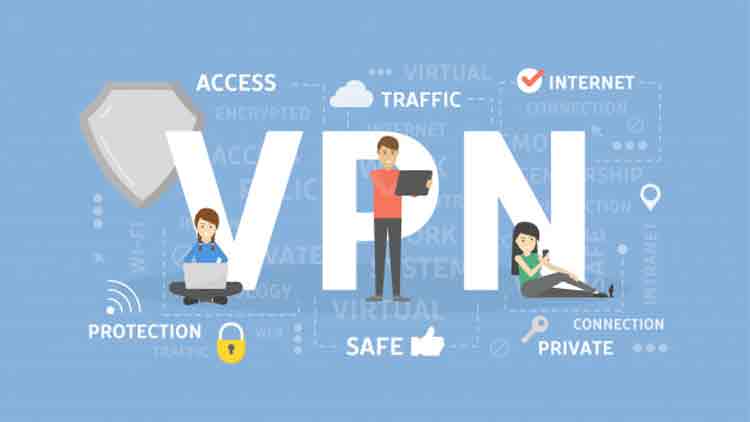Your Virtual Private Network

The virtual private network, or VPN, can be a great advantage for the home or office network user. Allowing remote access to files through a virtual private network setup give you the ability to take your files with you on the go while keep everything synchronized and up to date. For people with a limited amount of technical knowledge, virtual private network setup can often seem a daunting task so we hope to provide some information here that will help you understand what is required for your virtual private network setup and how to protect it from unwanted access.
The VPN program is the most basic component of your virtual private network setup. While it would take us forever to discuss every available piece of VPN software available, they all have some basic characteristics that are shared. The VPN program is downloaded and installed on all of the machines which will be accessing the virtual private network. Instructions for this process are usually available with the software in the form of an interactive virtual private network guide that will help you setup your system.

Once the VPN program is installed, you will be asked to input user account information and passwords for virtual private network access. Secure passwords of thirteen or more alphanumeric characters and special characters, such as the *, &,^,%, or$, provide the best security for your virtual private network setup. To make the process of creating strong, secure passwords easier, we recommend the use of a password generator. These kinds of secure passwords are virtually impenetrable so it is important to remember the exact password. Software tools are available that store these passwords in an encrypted, password protected file and these tools may be beneficial to those who have a large number of passwords to remember.
After setting up the user accounts and passwords, the next step of virtual private network setup is choosing which files are accessible. You can choose to make the whole computer accessible, as in a remote desktop application, or you can isolate access to specific files or file types within the system. By doing this, you can ensure that only the files you want accessed are available to users on your virtual private network installation.
Finally, if your files are sensitive in nature or contain personal information, you should install some form of virtual private network security software. This software is used to maintain the networks privacy and log any interactions with the system. In some cases, the software may even bar attackers from further attempts at access by IP address when criteria are met such as the entering of invalid user accounts or passwords or accessing the VPN from a restricted IP address. This provides security for your virtual private network setup from all forms of attack, including disgruntled former employees who may have had access to user account and password information.
Setting up your virtual private network doesn’t have to be scary and it can provide a wide range of benefits to your home or office network. By using the virtual private network instructions that came with your VPN software, you can establish secure communications that keep your files both safe and available from remote locations.
